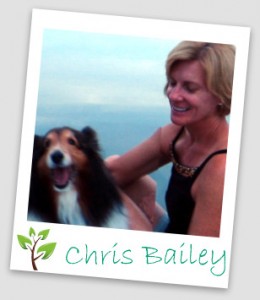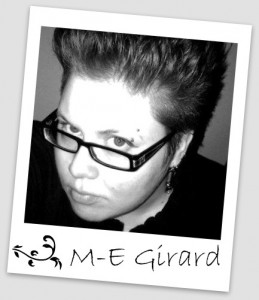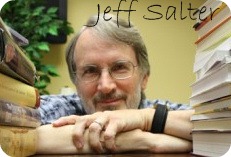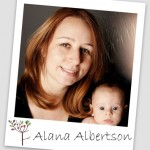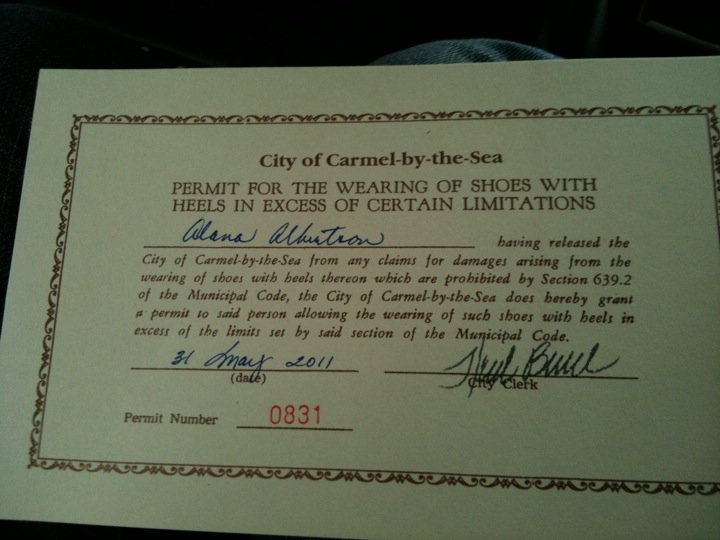~ Interview by Chris Bailey
 Days before the June 28 release of the paperback edition of New York Times bestseller The One That I Want, author Allison Winn Scotch is traveling cross country–and making time to answer questions about her novels and her writing process for Chick Lit writers and fans.
Days before the June 28 release of the paperback edition of New York Times bestseller The One That I Want, author Allison Winn Scotch is traveling cross country–and making time to answer questions about her novels and her writing process for Chick Lit writers and fans.
Before turning her talents to full-time writing, Allison dabbled in PR, marketing and the Internet. As a free-lance writer, she was a frequent contributor to national magazines, including Glamour, Self, Shape and Redbook. And then she broke into fiction in a big way with the 2007 publication of The Department of Lost and Found.
In Allison’s third novel, The One That I Want (2010), 32-year-old Tilly Farmer has the perfect life she always dreamed of: married to her high school sweetheart, working as a school guidance counselor, trying for a baby. Perfect.
But one sweltering afternoon at the local fair, everything changes. Tilly wanders into a fortune teller’s tent and meets an old childhood friend, who offers her more than just a reading. “I’m giving you the gift of clarity,” her friend says. “It’s what I always thought you needed.” And soon enough, Tilly starts seeing things: her alcoholic father relapsing, staggering out of a bar with his car keys in hand; her husband uprooting their happy, stable life, a packed U-Haul in their driveway. And even more disturbing, these visions start coming true. Suddenly Tilly’s perfect life, so meticulously mapped out, seems to be crumbling around her. And as she furiously races to keep up with–and hopefully change –her destiny, she faces the question: Which life does she want? The one she’s carefully nursed for decades, or the one she never considered possible?
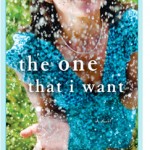 Q. How is a paperback release different from the original hardback release?
Q. How is a paperback release different from the original hardback release?
A. Well, hopefully, there’s a familiarity among readers, but with the hardback, you get reviews and have a better chance at third-party promotion. With the paperback, it’s all on you! So there’s both more pressure and less: you know that you can do what you can do, and after that, you just hope that the book connects. Also, there’s a much bigger reach with book clubs, so you extend yourself as far as possible with those readers.
Q. Publishers Weekly writes that, “Scotch answers hard questions about the nature of personal identity and overwhelming loss with a wise, absorbing narrative.” What was the hardest of those hard questions for you to answer, and why?
A. Great question! I definitely really struggled to answer the question of why someone would stay in a life that she’s unhappy with (even if she doesn’t realize the depths of her unhappiness), and it took me a long time to understand my main character, Tilly, because of this. It wasn’t until I stepped back and realize that we all make small concessions every day and that sometimes, they can snowball into something much bigger that is much harder to dig out of, that I think I really “got” both Tilly and the book. It’s a tough (and big) question to ask: what happens when you wake up and find that your life isn’t the one you wanted? What then? Do you try to fix it or do you flee because in some ways, fleeing might be the easier choice?
Q. When you write, what role do you play? Do you envision yourself inside the character, or are you an audience member witnessing the character’s trials?
A. I am totally inside my character’s head. In fact, I often find myself talking aloud as my character, trying to really envision (or fully envisioning) how she would behave, think and speak. Prior to finding my voice as a writer, I dabbled my toe in acting, and I’ve found that the two aren’t that dissimilar, at least for me. In order for a character to really work, to really jump off the page, I have to be 100% inside of her head, or else it comes off as an author working to put words and thoughts into a two-dimensional creation.
Q. Before The One That I Want, with its protagonists’ visions of an unwelcome future, you created a main character with breast cancer and one with a chance for a seven-year do-over. Next up, plane crash survivor with amnesia. Would you say that your fiction is transitioning from realism into magical realism?
A. Actually, just the reverse! : ) Yes, my first book [The Department of Lost and Found] dealt with cancer, but from there, I really leapt into the world of magical realism [Time of My Life and The One That I Want], and I loved every second of it. But when it came time to write my next book, I very purposefully moved away from the suspensions of disbelief. I felt like I’d taken that device as far as I wanted, and I wanted to ground the next book in reality. Though the description of my next book, The Song Remains the Same, might sound like it’s in fantasy-land, it’s really a pretty dark view at what happens when someone has to start her life over entirely, from a blank slate. I suppose it gets back to the question I often explore in my books: are you living the most fulfilled life that you want to be? But in this book, I don’t use fantastical elements to force my character into her decisions.
Q. You offer to join book club discussions by phone. What have you learned from your readers’ questions?
A. That no matter our place and state in life, we all struggle with the same questions and same problems and same joys. From women my mom’s age to my younger peers: we’re all just in this together, mucking our way through. And also: just because someone picked your book for a book club, doesn’t mean that she’s necessarily enjoy it. : ) And she won’t hesitate to let you know!
Q. Do you have much input into your reading group guides?
A. Yes. In fact, I’m usually asked to draft most of the questions. Then someone at my publisher finesses them and adds in a few of her own.
Q. What pros and cons would you offer for the unpublished writer regarding traditional vs. e-publishing?
A. Well, e-publishing is obviously exploding right now, but I’d caution someone about just throwing his or her book up on the web and expecting it to have a major impact on his/her career. What people don’t realize until they’re on the other side is that the marketing aspect of this industry is BRUTAL–you are literally competing with thousands of other books, many of which have publishing houses behind them and they STILL don’t get bought. While it’s wonderful to have your e-published book out there to be read, I think you have to consider your goals: is it to share your work with friends/family/a few readers who may buy it or do you want to hold off to see if you can land a bigger fish? And look, I’m not trying to be discouraging at all. If you read my blog, you know that I am so supportive of aspiring writers. But it’s all about the end result: simply “publishing” your book may not change much in the course of your career. And if you’re okay with that (and I mean that 100 percent genuinely), then go for it. Otherwise, until things have shifted even more, I probably wouldn’t recommend it.
Q. Any words of wisdom on the chick-lit-is-dead debate?
A. I find the whole debate so inane. Seriously. I don’t get it at all. “Chick lit” is a title that was given to books a decade ago because someone, somewhere needed to have a neat little category for a type of book that was being written at the time. I don’t think it has much to do with anything that is being written now. All I know is that I have dozens of female writer friends who write kick-ass, amazing work, and I don’t give a flying fig whether they’re called “chick lit” or “women’s fiction” or “commercial fiction.” What I do care about is that they explore real issues and real problems and offer compelling, moving characters and stories. If someone wants to call that chick lit, then it’s a compliment. If someone wants to be small minded and ignore a book because it’s written by someone with boobs, well, then, I’m probably not going to like him or her so much in the first place.
Q. Any late-breaking news you’d like to share?
A. Hmmm…I’m writing this from 36,000 feet? No, that’s probably not what you were thinking of. How about this: I get asked a lot about the Time of My Life movie adaptation, and I expect and hope to have some fun news about it after the summer ends!
Allison is currently in the midst of a summer reads book giveaway on her Allison Winn Scotch author facebook page. For more about Allison and her books, go to allisonwinn.com or follow her on Twitter at @aswinn.
Allison, thanks so much for being a guest on our blog. Our best chick lit wishes are with you.
Chris Bailey’s writing for hire has appeared online, in numerous U.S. newspapers and in mailboxes across the U.S. and Canada.

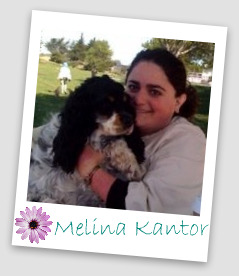

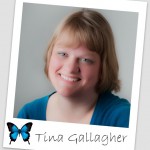
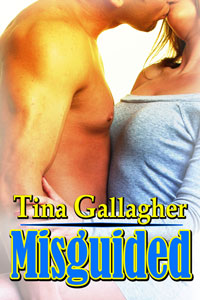 What I have more of a problem with in the writing process is the setting. In fiction, the setting can be just as important as any character and needs to be developed just as well in order to make it come alive. And it’s not just the city or town the story takes place in that needs to be described, it’s everything. Unless my characters are going to have all those conversations that are running through my head in a one room shack, I need to find places for them to go, and I need to describe those places well.
What I have more of a problem with in the writing process is the setting. In fiction, the setting can be just as important as any character and needs to be developed just as well in order to make it come alive. And it’s not just the city or town the story takes place in that needs to be described, it’s everything. Unless my characters are going to have all those conversations that are running through my head in a one room shack, I need to find places for them to go, and I need to describe those places well.


